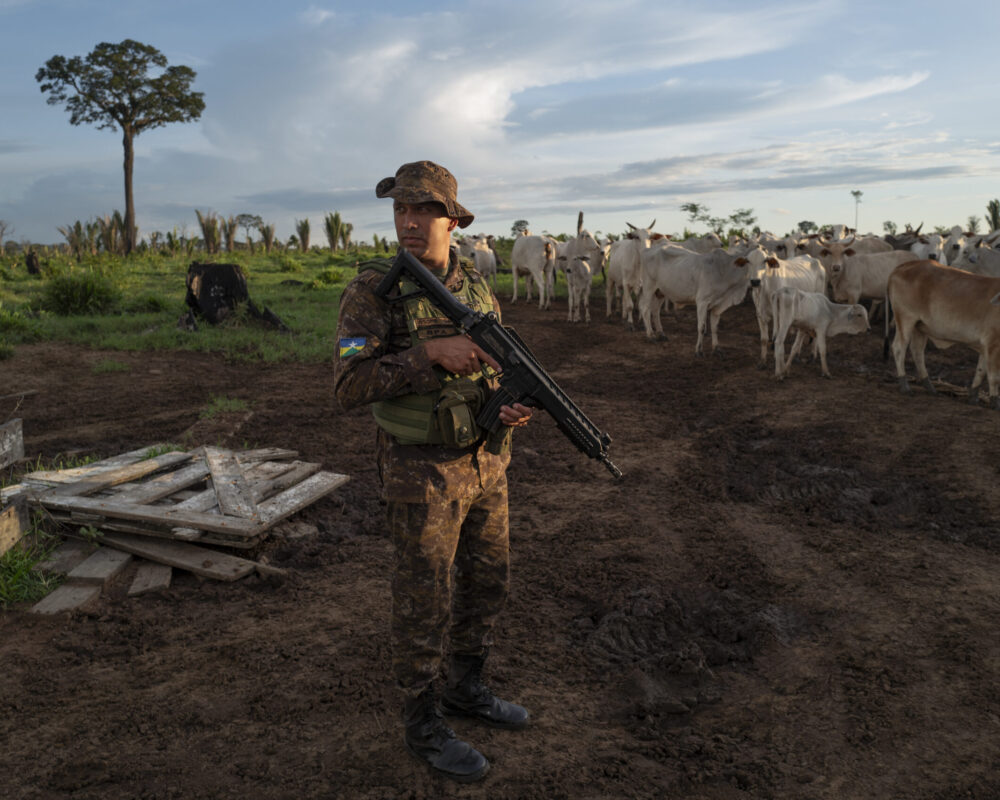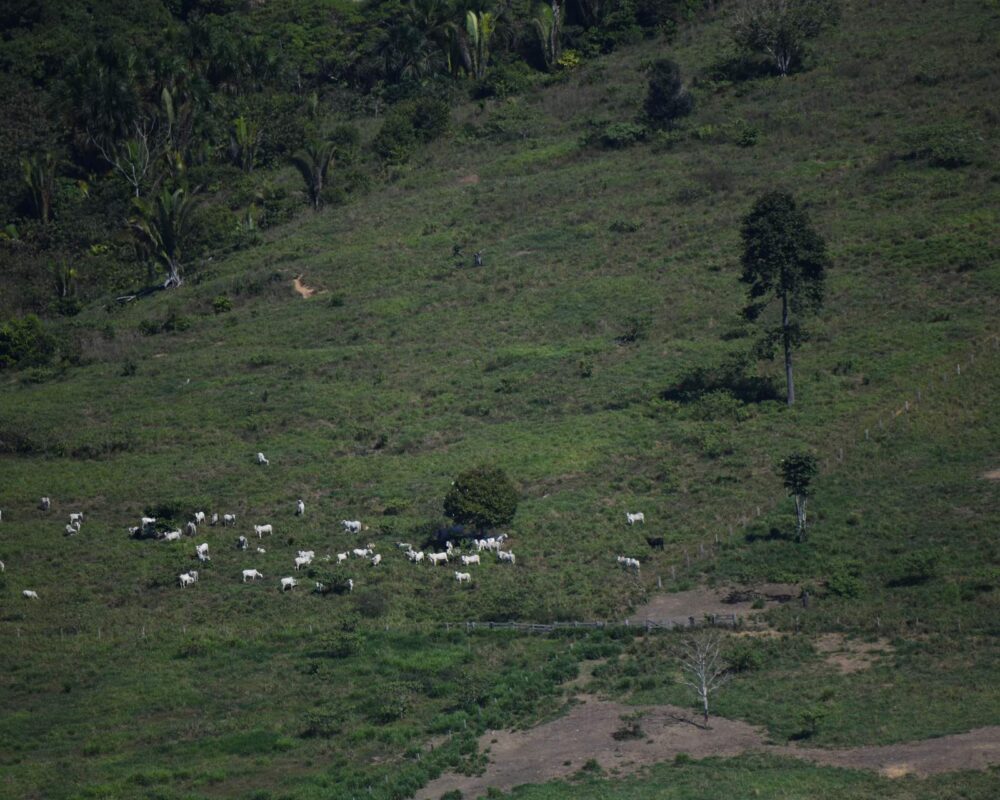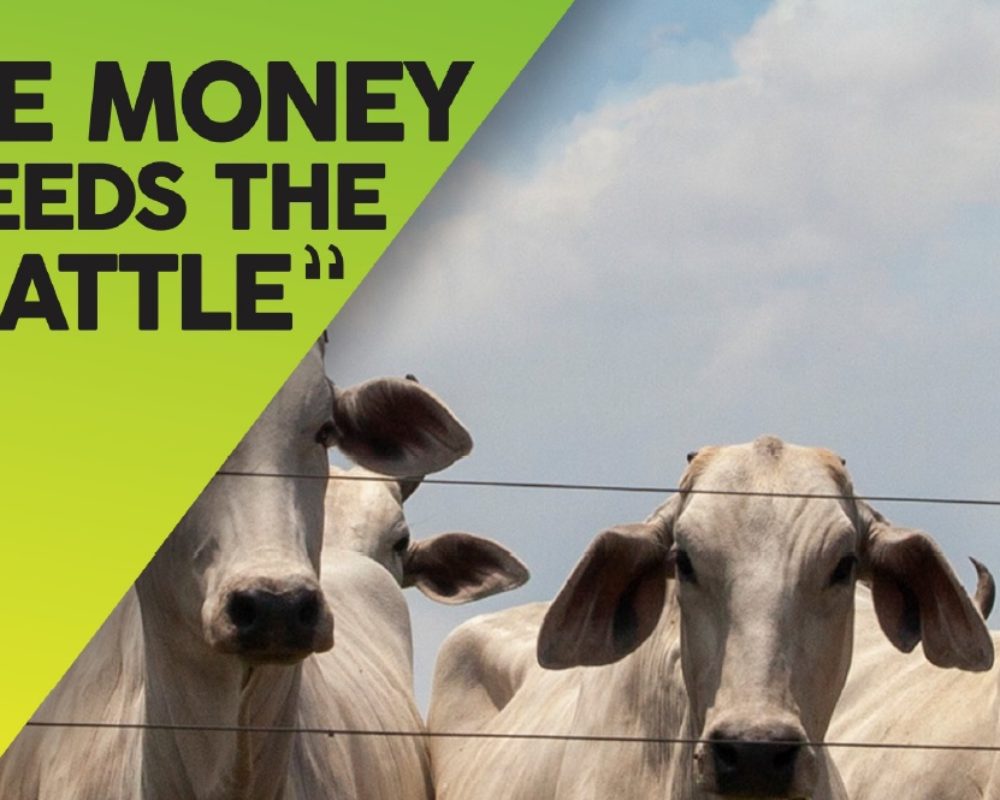News

Explore Archives
News

News

Publications

Monitor #7 by Repórter Brasil – The Monitor’s seventh issue, a bulletin that disseminates Repórter Brasil sector and production chain studies, analyzes the environmental… Read More